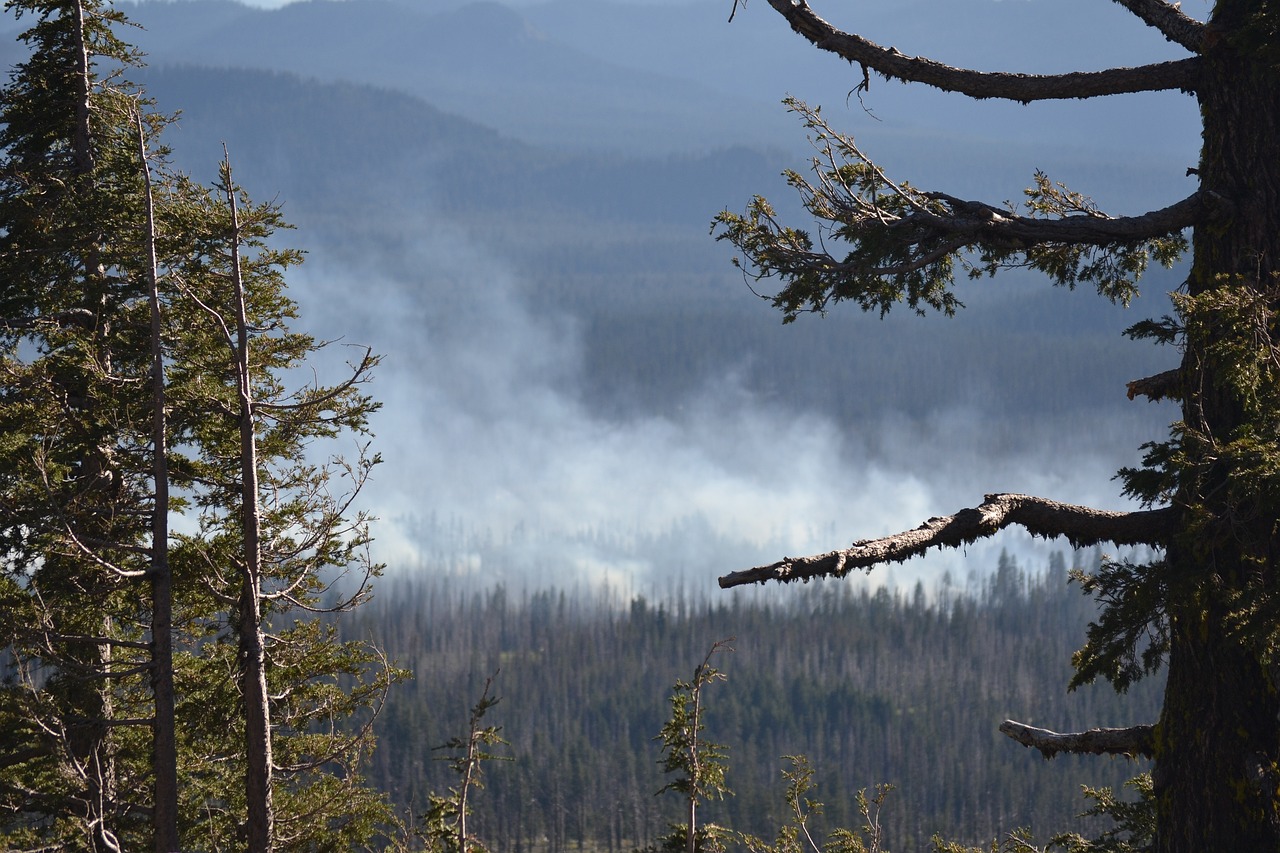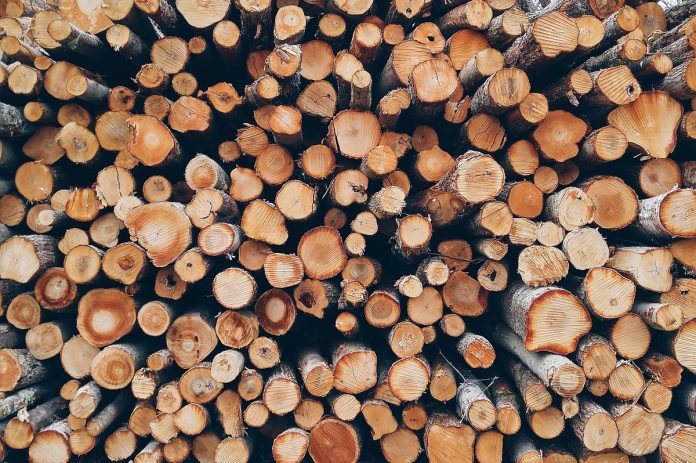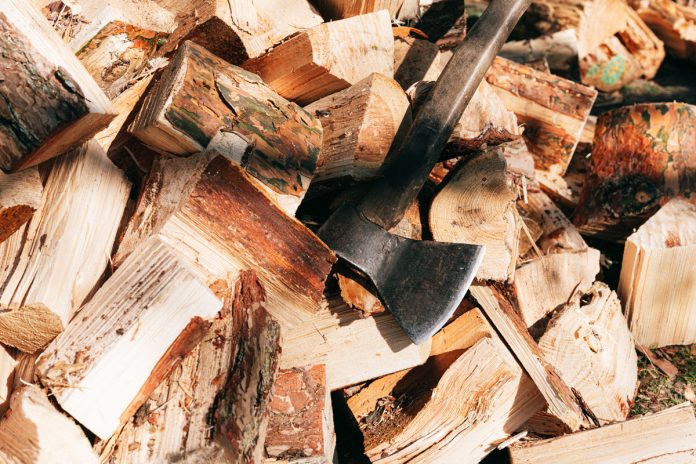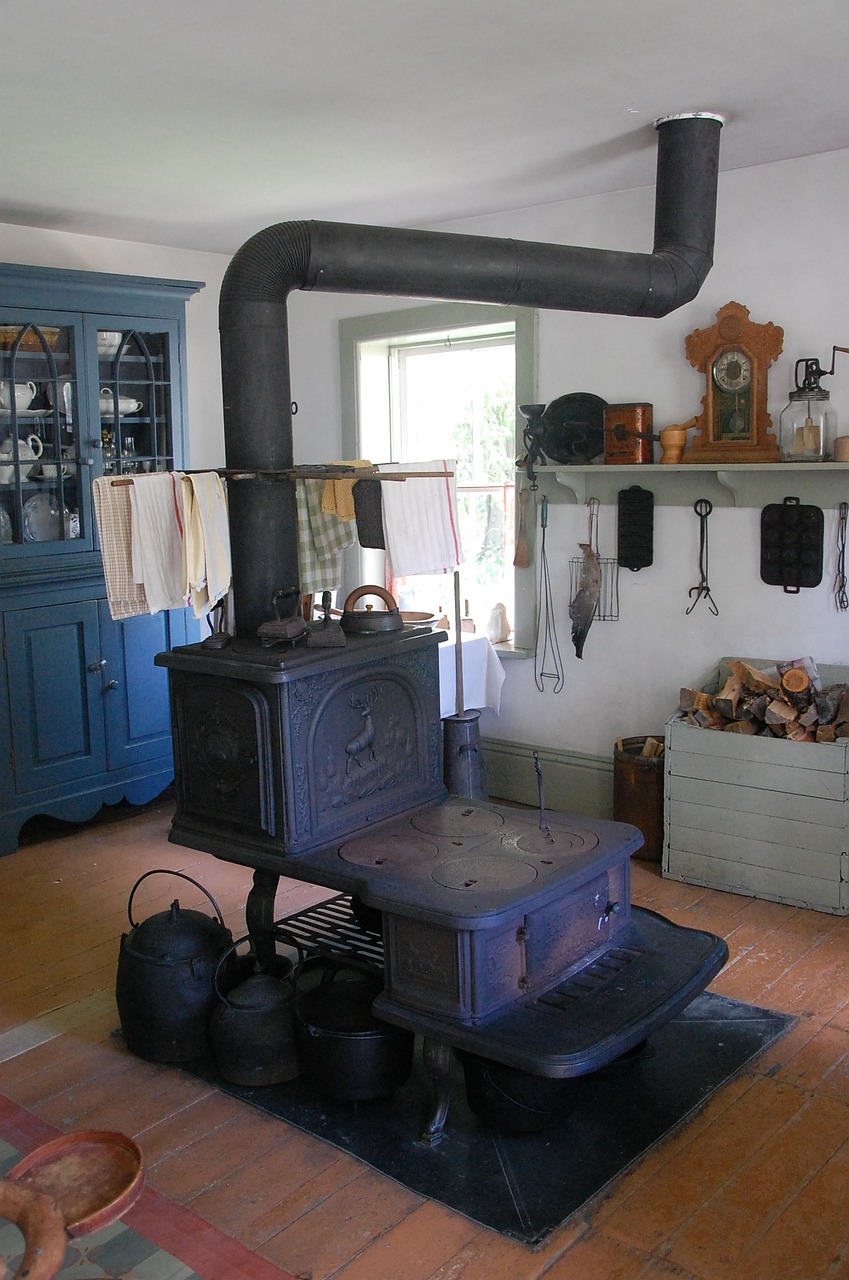Wildfire Preparedness: How to Protect Your Home and Loved Ones

Wild fires are a common and dangerous threat in many areas, particularly during hot and dry seasons. To protect your family and home, it’s crucial to take proactive steps to guard against these unpredictable disasters. Here are some essential tips for wildfire protection.
Clear Debris from Outside
One of the most important things you can do is clear debris from around your home. This includes dead leaves, twigs, and branches, as well as any flammable materials like building supplies or propane tanks. Use a rake or leaf blower to create a clear zone of at least 30 feet around your home, and keep this area well-maintained throughout the year.
Fortify Your Home
Another key step is to fortify your home against wildfire. Use fire-resistant building materials: Consider using non-flammable roofing materials such as metal, tile or asphalt shingles, sealing gaps around windows and doors with weatherstripping, and using non-flammable siding. Replace wood siding with stucco or brick and use tempered glass for windows. If possible, create a “defensible space” by planting low-growing, fire-resistant shrubs and trees around your home, and avoid storing combustible materials (like firewood) close to the house.
Keep gutters and roof clear: Regularly remove leaves and debris from your gutters and roof, as these can easily catch fire from nearby flames.
Maintain your landscaping: Keep your lawn well-watered and mowed, and consider planting fire-resistant plants such as succulents, rockrose and lavender.
Install sprinklers: Consider installing a sprinkler system around your home for added protection. This can help wet down the area around your home and minimize the risk of fire.
Creating a ditch around your property can be an effective way to prevent forest fires from spreading to your home or property. This technique is known as “firebreaks.” A firebreak is a gap in vegetation or other combustible materials that acts as a barrier to slow or stop the progress of a fire.
The effectiveness of a firebreak depends on various factors such as the width of the ditch, the type of vegetation, and the intensity of the fire. Ideally, the ditch should be at least 30 feet wide and cleared of any flammable materials like bushes, grass, or trees. The more space you can create around your house, the better your chances of keeping a fire away.
It’s also important to maintain your firebreak by regularly cleaning up debris, cutting back overgrown vegetation, and removing dead wood. Additionally, combine firebreaks with other preventive measures like using fire-resistant building materials, installing sprinkler systems, and maintaining your landscaping to keep your property safe from forest fires.
Fire Resistant Trees and Shrubs
Choosing fire-resistant trees and shrubs for your property is a great way to help protect your home from forest fires. Here are some examples of fire-resistant plants:
1. Oak Trees: Oaks are slow-growing, sturdy trees that are less likely to ignite during a wildfire due to their thick bark.
2. Maple Trees: Maples are another tree with thick bark which makes it less susceptible to fires.
3. Bald Cypress: This tree has a high moisture content, making it more resistant to fires.
4. Sequoia Trees: These giant trees have thick, fibrous bark that can protect them from intense heat, making them highly fire-resistant.
5. Lilac Shrubs: Lilacs contain a lot of moisture in their leaves, making them less flammable.
6. Sumac: Sumac is a fast-growing shrub that contains high amounts of moisture in its branches and leaves, making it fire-resistant.
Remember, even fire-resistant trees and shrubs can still catch fire if they are located too close to the house or other flammable objects. It is important to maintain proper clearance around your home and structures. Additionally, regular maintenance such as pruning dead or dry branches, removing debris, and keeping the area hydrated can also help minimize the risk of a fire.
Maintain Air Quality
Wildfires can also cause poor air quality, which can be harmful to your health. To prevent smoke and ash from entering your home, consider using a high-efficiency particulate air (HEPA) filter in your HVAC system. You can also use air purifiers and also houseplants (like spider plants or peace lilies) to help clean the air inside your home. Additionally, make sure to close windows and doors during periods of heavy smoke.
Keep Emergency Supplies at Home
In case of a wildfire or evacuation, it’s important to have emergency supplies on hand. This includes essentials like food, water, medications, and first aid supplies, as well as important documents like identification and insurance papers. You may also want to create a “grab-and-go” bag with these items, in case you need to leave your home quickly.
Stay Informed and Prepared
Knowing when to evacuate in the event of an emergency or disaster is crucial for one’s safety. Here are some signs that may indicate the need for evacuation:
1. Official warning: If you receive an official warning to evacuate from local authorities, follow their instructions immediately. The warning may come through different channels, such as an emergency alert on the radio. Knowing when to evacuate is extremely important for your safety and the safety of those around you. Here are some tips to help you determine when to evacuate:
1. Listen to local authorities: Listen to the instructions given by local authorities, such as police officers and firefighters. They will be able to provide information on when and where to evacuate.
2. Pay attention to emergency alerts: Most areas now have an emergency alert system that will notify you of any danger in your area. Make sure the alerts are turned on, and pay close attention to them.
3. Monitor the situation: Keep an eye on the situation, if possible. If you see flames or smoke, hear explosions or feel extreme heat, it is time to evacuate.
4. Follow evacuation orders: If local authorities issue an evacuation order, follow it immediately. Do not hesitate. Time is critical in these situations.
5. Prioritize your safety: If you feel unsafe or unsure about the situation, consider evacuating even if there is no official evacuation order. It is better to err on the side of caution.
Remember, if you do need to evacuate, stay calm and follow the instructions provided by authorities. Take only the essentials with you, such as medications, important documents, and a change of clothes. Stay safe!
Rural Fire
Putting out fires in rural areas can be much more challenging than in urban areas due to the longer response times of emergency services and limited access to water sources. Here are some steps to follow if you need to put out a fire in a rural area:
1. Call the fire department: Even if you think you can handle the fire on your own, it’s always best to call the local fire department as soon as possible. They have the proper equipment and training to handle fires and can provide valuable assistance.
2. Use fire suppression tools: Keep a fire suppression tool kit handy, such as a shovel, rake, or hoe, to help contain the fire by digging trenches or removing dry vegetation from the area. A fire extinguisher or water hose can also be effective if you have access to them.
3. Create a fire break: If the fire is spreading, try to create a barrier or “fire break” by clearing a large area around it. This will prevent the fire from spreading further and help to contain it.
4. Be aware of the wind direction: Wind can quickly change the direction of a fire, so it’s important to be aware of the wind direction and position yourself upwind of the fire to avoid being engulfed by flames or smoke.
5. Evacuate if necessary: If the fire is too large or dangerous, it’s important to evacuate the area immediately and seek a safe location.
Putting out fires in rural areas requires a different set of skills and tools than in urban areas. By following these steps and being prepared with the right equipment, you can help to contain and put out fires in rural areas.
Wildfires are a terrifying natural disaster that can be unpredictable and harmful. But taking precautionary steps to mitigate risks and prepare yourselves and your homes can make all the difference in ensuring safety and survival. Always stay alert and informed during wildfire season, and take the necessary steps to protect your loved ones and property. By following these tips, you can reduce the risk of damage and stay safe in the event of a wildfire emergency.
The Author:
Pioneerthinking.com – Ingredients for a Simple Life.
Photo. EnviroHope1








